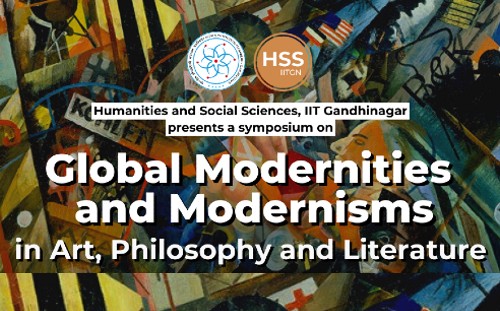When the solution to a problem aggravates the illness and worsens the condition of the analysand, we are faced with the counterintuitive clinical phenomenon that Sigmund Freud identified and termed “Negative therapeutic reaction” (Negative therapeutische Reaktion) in his 1923 book The Ego and the Id. Although such reaction can be easily mistaken for the analysand’s conscious resistance, unreasonableness, obstinacy, subversiveness, defiance, denigration, or pride, it is really an extremely serious and tenacious problem stemming from the death drive, and therefore any analysand who expresses such reaction ought to be patiently assisted rather than hastily defied. Owing to its extraordinary clinical import, Freud felt compelled to return to this challenging phenomenon in 5 important works in the 14 years following the publication of The Ego and the Id. These, in their chronological order of appearance, are: The Economic Problem of Masochism (1924), Inhibitions, Symptoms and Anxiety (1926), New Introductory Lectures on Psycho-Analysis (1933), Analysis Terminable and Interminable (1937), and “Constructions in Analysis” (1937). In this web-talk, I shall first introduce the audience to Freud’s narrative on this phenomenon in detail, and then take the discussion beyond Freud, either by spelling out the details that are implied but not explicitly stated by him, or by filling in the gaps left behind by him, doing so with the help of instances I have come across in my own practise.
Negative Therapeutic Reaction: Freud and Beyond
November 18, 2022
- Home
- Uncategorized
- Negative Therapeutic Reaction: Freud and Beyond




